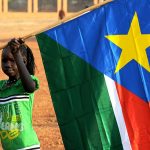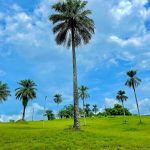The Pacific Ocean is more than just an expanse of water—it’s a cultural and linguistic melting pot. From the tropical islands of the South Pacific to the rugged coastlines of Southeast Asia, the Languages of the Pacific reflect the deep history, traditions, and identities of the region’s diverse peoples.
Whether you’re trekking through Papua New Guinea’s highlands, exploring the volcanic islands of Polynesia, or diving into the urban buzz of Indonesia, language is a key part of the experience. This guide takes a deep dive into the Languages of the Pacific, exploring the major languages, their significance, and how they shape the cultural fabric of the region.
1. Languages of the Pacific – Melanesia Region
Melanesia, located to the north of Australia, is a linguistically rich region. With over 1,000 distinct languages spoken, it’s one of the most diverse places in the world in terms of language. The Languages of the Pacific in this region range from widely spoken creoles to indigenous languages with only a few thousand speakers.
Papua New Guinea
Papua New Guinea (PNG) is often touted as the most linguistically diverse country on Earth. Over 850 languages are spoken across this rugged, mountainous nation. The major languages include Tok Pisin, Hiri Motu, and Enga. While English is the official language, Tok Pisin is widely used as a lingua franca. It’s a creole language that blends English with elements of the local languages, and it’s the primary mode of communication for many Papua New Guineans.
Young Pioneer Tours offer an extremely extensive tour program to PNG, including to villages where minority languages are spoken. We also offer a number of trips to the linguistically diverse West Papua.
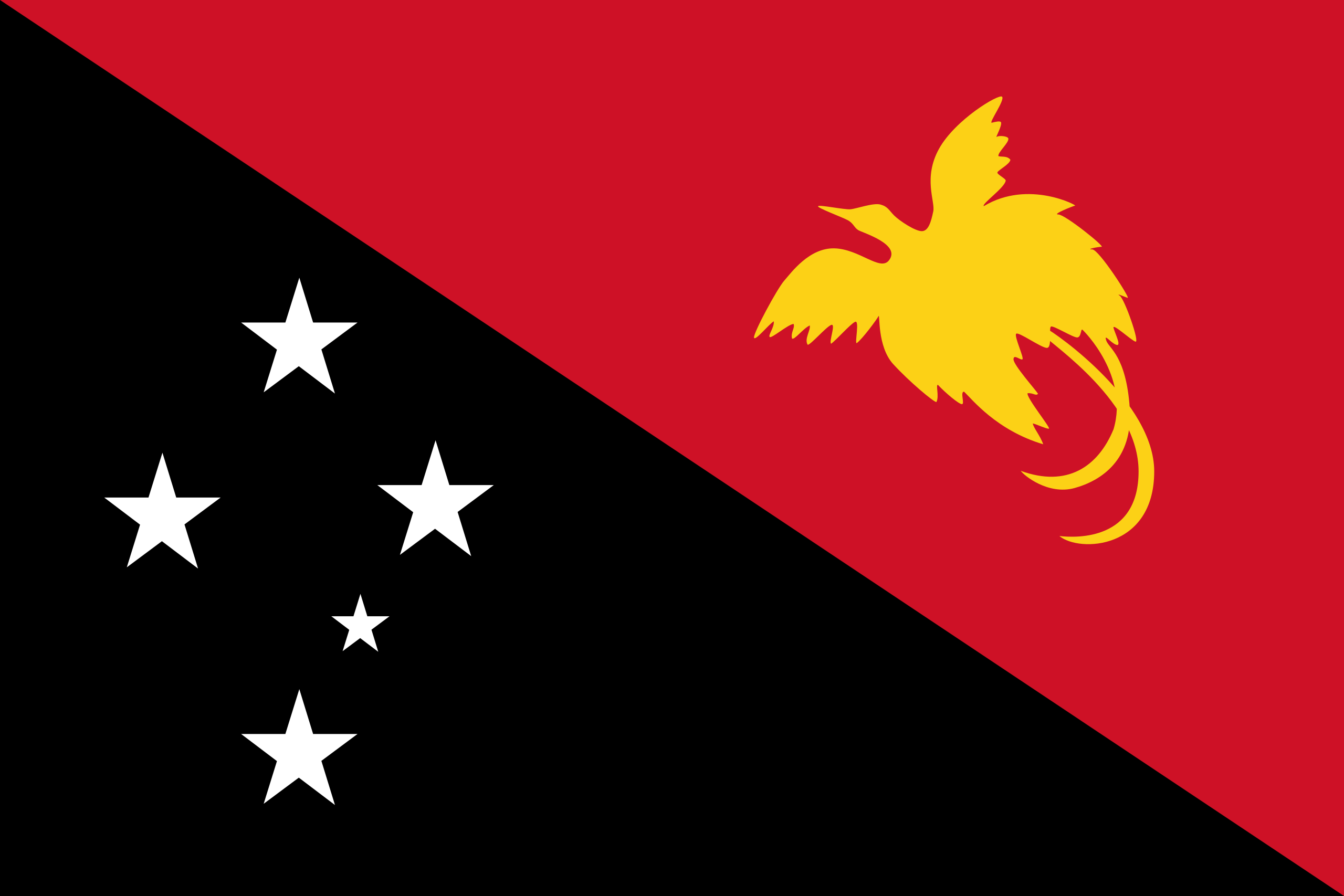
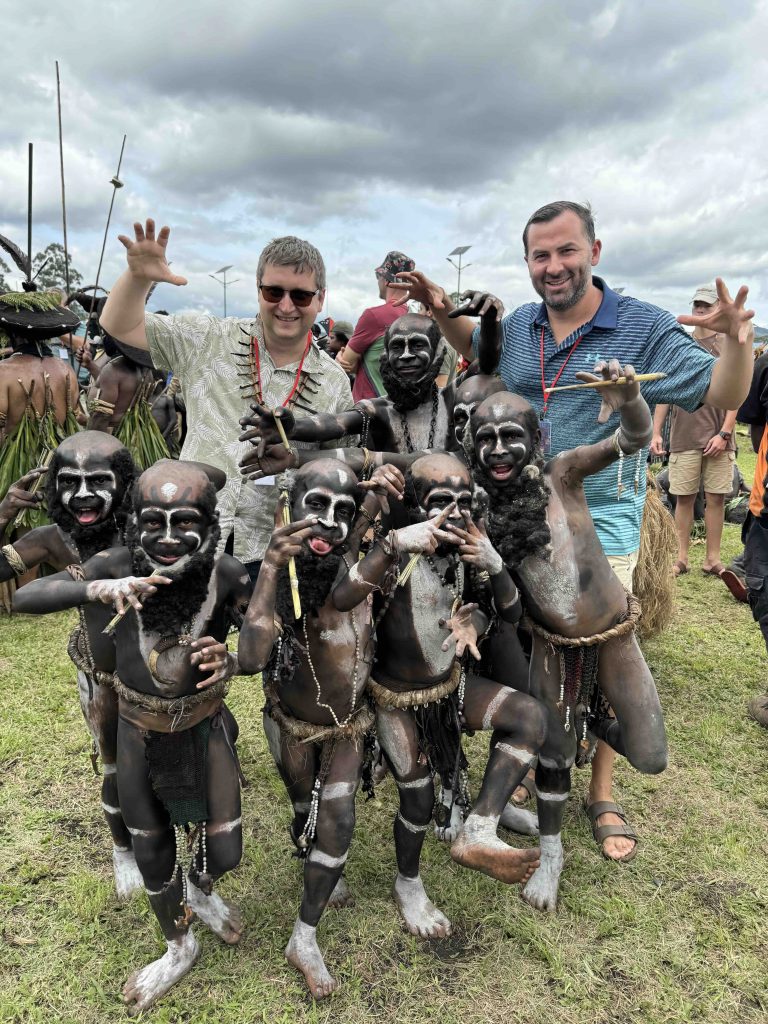
Key phrases in Tok Pisin:
- Gude (Hello)
- Gutpela de (Good day)
- Mi likim yu (I like you)
Lamgaues of the Pacific – Solomon Islands
The Solomon Islands, located to the east of PNG, is another linguistically diverse nation. With over 70 languages spoken, the Solomon Islands Pijin is the most widely used, a creole that serves as the national lingua franca. However, many indigenous languages are still spoken, including Motu, Kwara’ae, and Gela. The islands are a fascinating place for language enthusiasts, with each island group having its own dialects and cultural practices.
A visit to the Solomon Islands will provide an opportunity to experience both the traditional languages and the creole that unites the country. The Solomon Islands also share a lot of linguistics with Bougainville the former Republic of North Solomons.
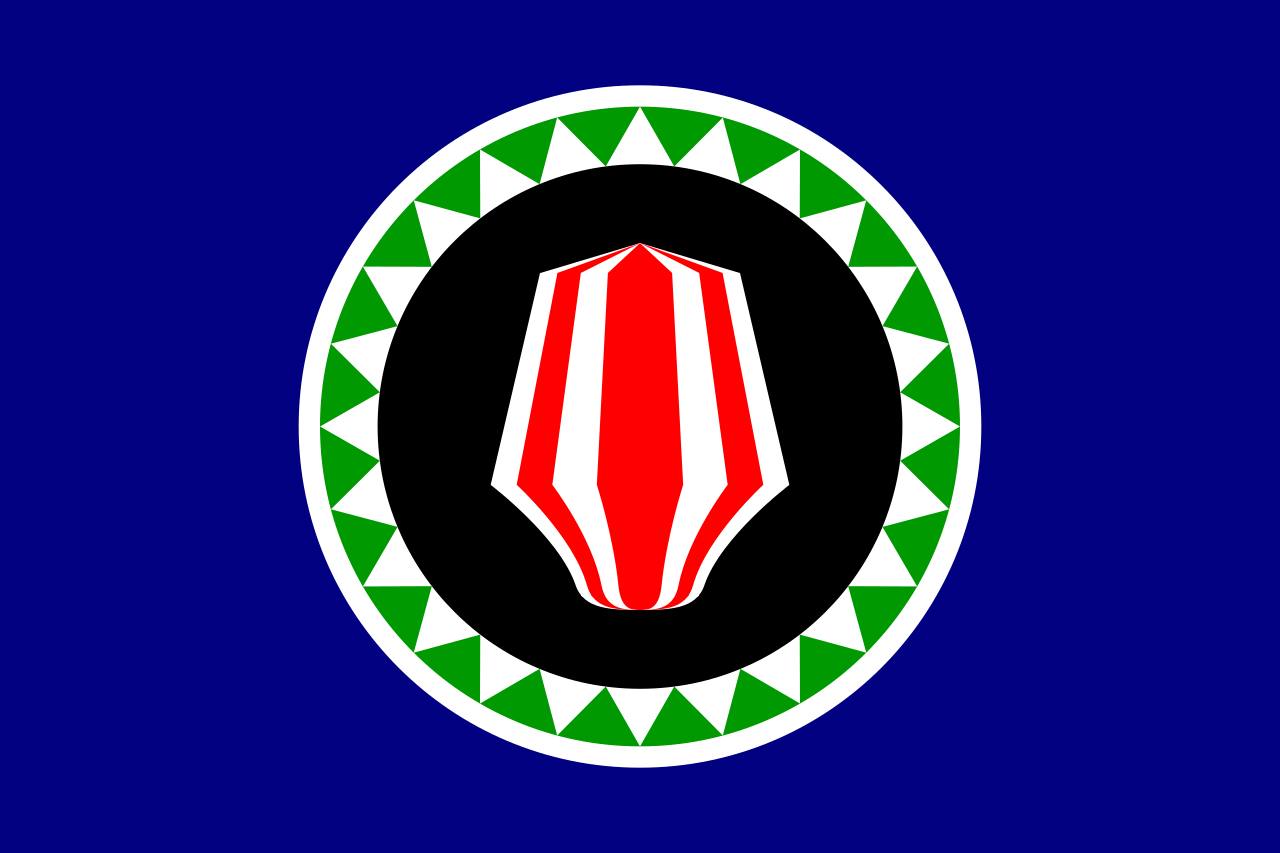
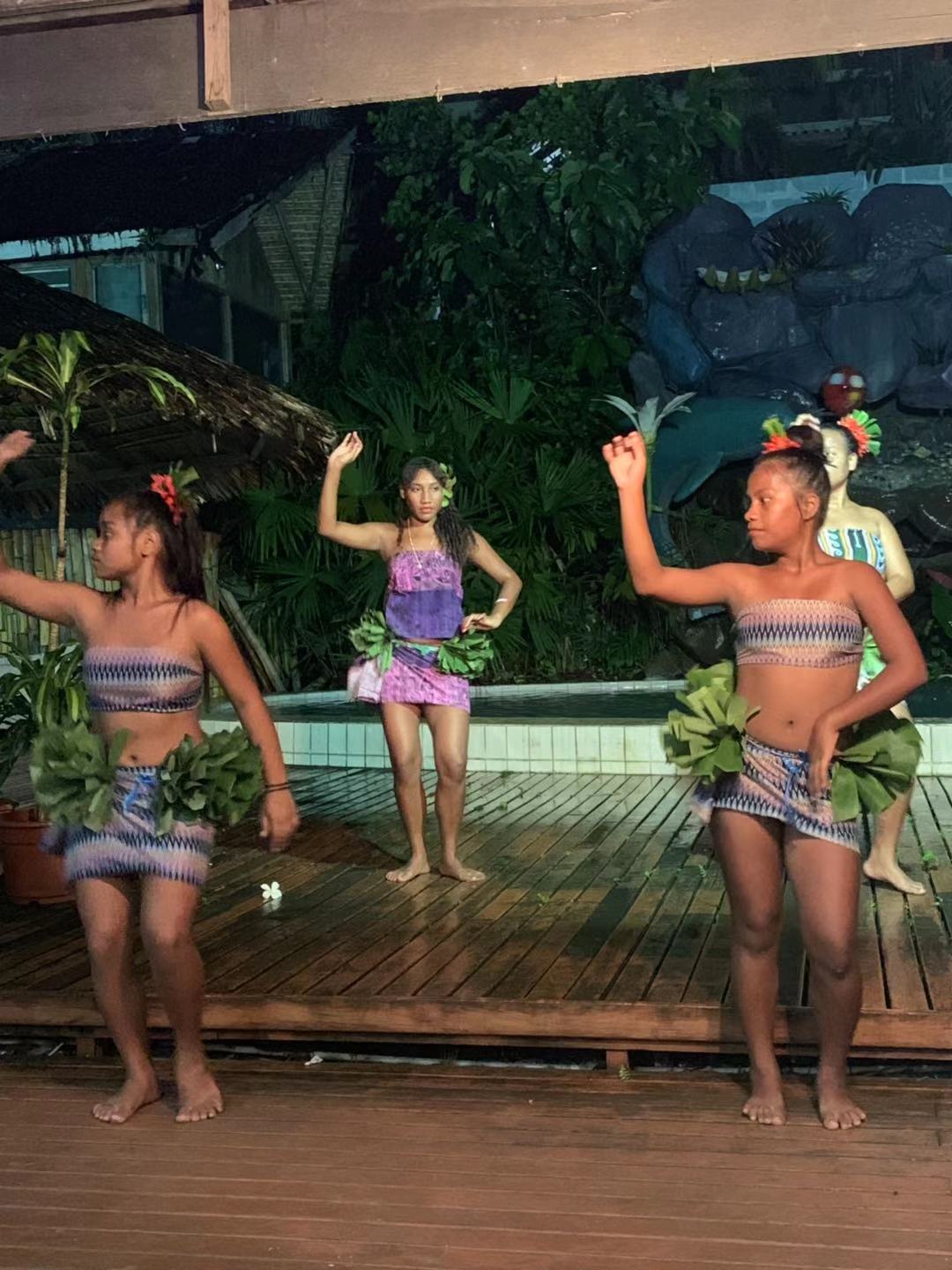
Key phrases in Solomon Islands Pijin:
- Halo (Hello)
- Mi sori (Sorry)
- Tank yu (Thank you)
Languages of the Pacify – Vanuatu
Vanuatu, an archipelago in the South Pacific, is home to around 110 languages, making it one of the most linguistically diverse places in the world. Bislama, an English-based creole, is the national language, but many indigenous languages such as Nakamal, Raga, and Anejom are still spoken in rural areas.
If you’re keen to explore the linguistic diversity of Vanuatu.
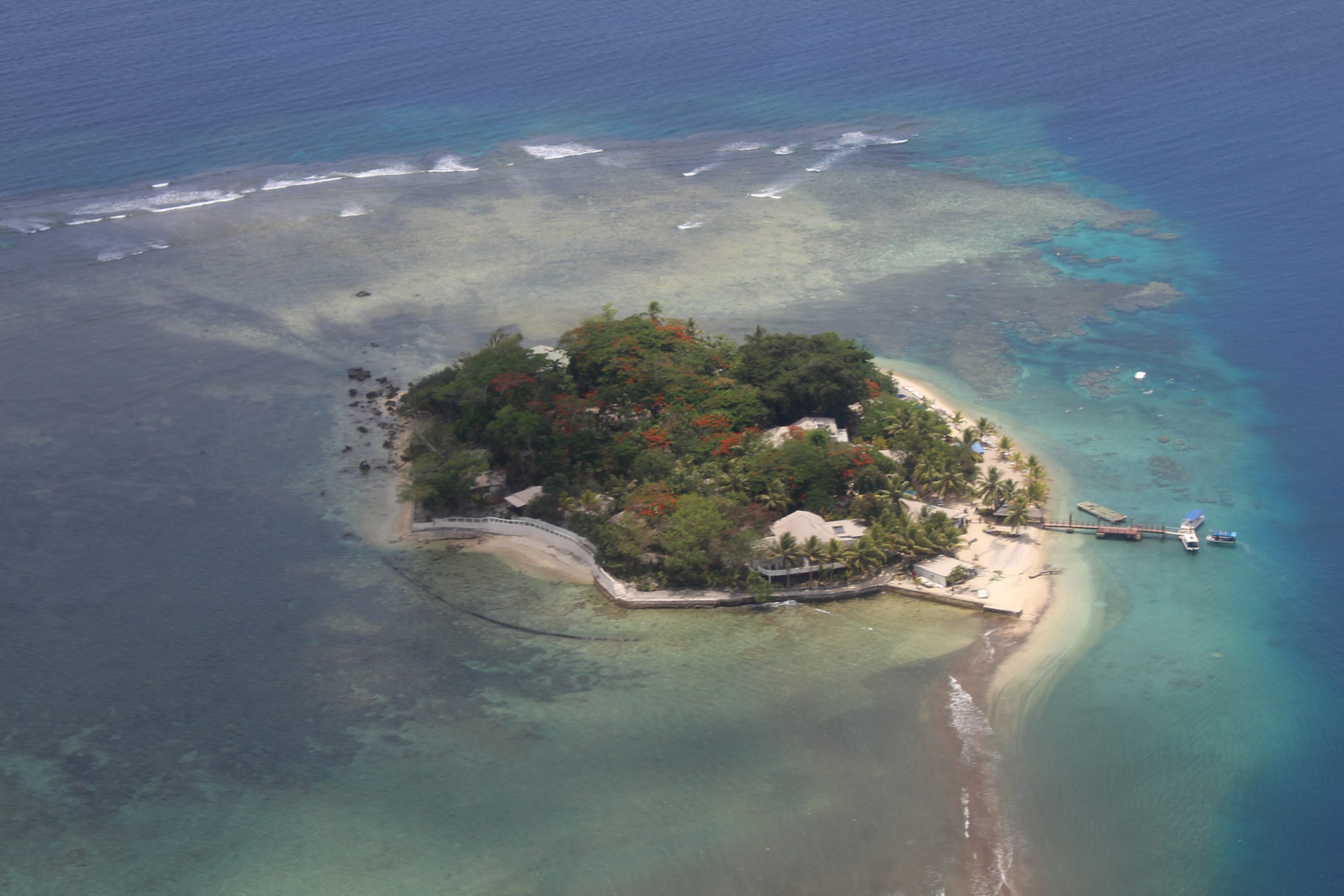
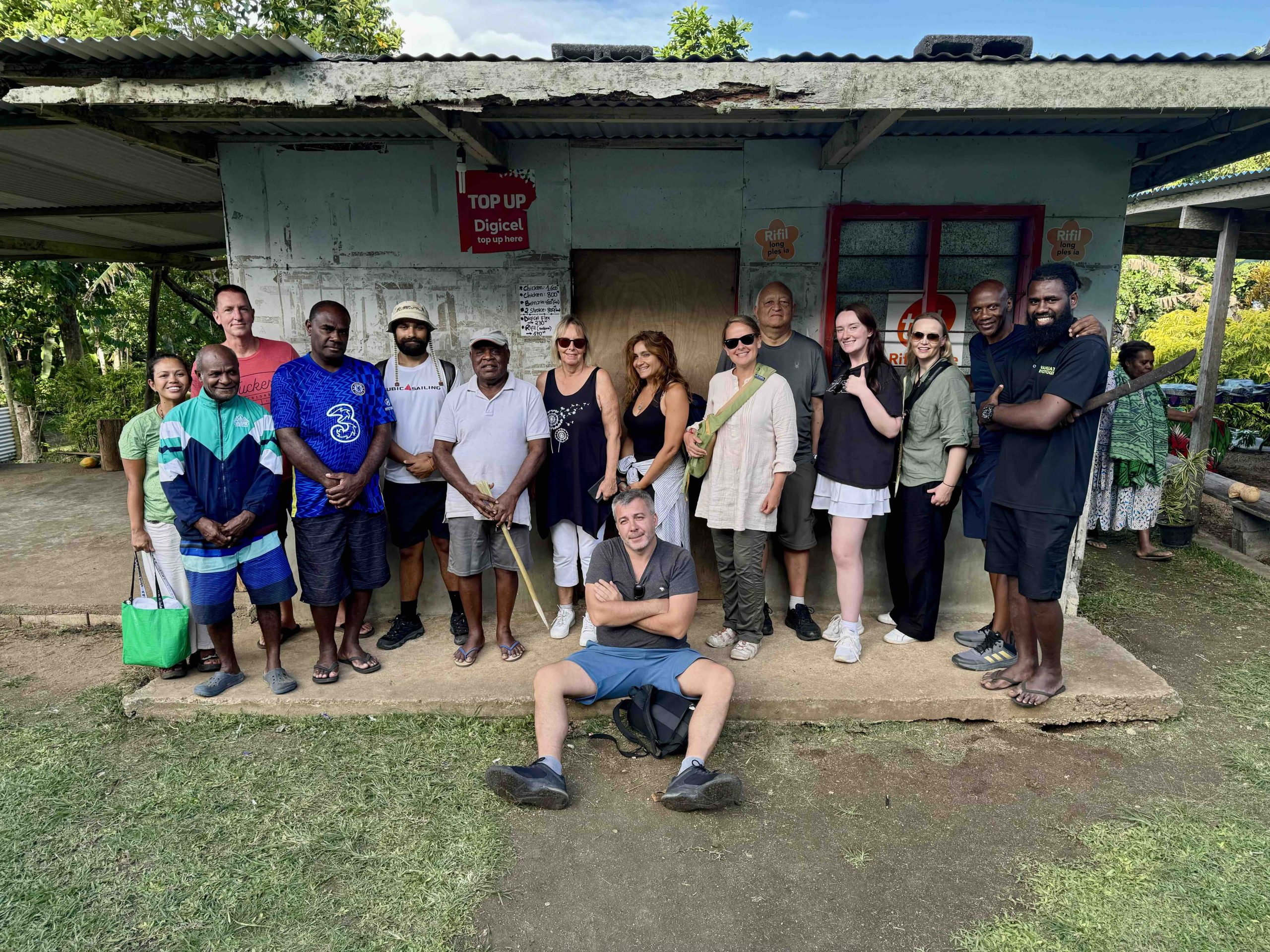
Key phrases in Bislama:
- Halo (Hello)
- Tank yu (Thank you)
- Mi save (I understand)
2. Languages of Polynesia
Polynesia, spanning across a massive area of the Pacific, is home to some of the most iconic and well-known languages in the region. The Polynesian languages, though distinct, share a number of similarities in grammar and vocabulary, reflecting the deep cultural connections between the islands.
Nauruan
Nauruan, the indigenous language of Nauru, is a unique Austronesian language spoken by a small but significant portion of the island’s population. Over the years, Nauruan has faced challenges due to the widespread use of English, but efforts to preserve and revitalize the language have been gaining momentum. The revival of Nauruan is a testament to the island’s strong cultural identity and the determination of its people to keep their heritage alive.
If you’re planning a visit to Nauru, taking the time to learn a few words in Nauruan will enrich your experience and deepen your understanding of the island’s culture. Local institutions, such as the Nauru Museum, offer a glimpse into the history and significance of the language, and you’ll likely hear Nauruan spoken in the community during your visit.

Key phrases in Nauruan:
- Eṃo (Hello)
- Ringen (Thank you)
- Mwea (Welcome)
Click the link to learn about the strange tale of Nauru.
Maori
The Maori language is the indigenous language of New Zealand and has official status alongside English. Although the number of native speakers declined over the years, the language is undergoing a revival, with many schools offering classes and more people using the language in everyday life. The revitalization of the Maori language is seen as a critical part of preserving New Zealand’s cultural heritage.
If you’re visiting New Zealand, consider a tour of the Waitangi Treaty Grounds to learn more about the Maori language and culture. You’ll also hear the language spoken at the Te Papa Museum, which offers a deep dive into the history of New Zealand’s indigenous peoples.
Key phrases in Maori:
- Haere mai (Welcome)
- Kia ora (Hello, thank you)
- Aroha mai (Sorry)
Alas while we have been here on Worldwide Adventures we are not currently planning tours to New Zealand.
Tahitian
Tahitian is the language spoken in Tahiti, the largest island in French Polynesia. It’s closely related to other Polynesian languages, such as Maori and Hawaiian, and plays a vital role in preserving the cultural identity of the people of French Polynesia. Although French is the official language, Tahitian remains an essential part of everyday life and culture.
A visit to French Polynesia is incomplete without learning a few words in Tahitian.

Key phrases in Tahitian:
- Ia ora na (Hello)
- Māuruuru (Thank you)
- E aha te huru? (How are you?)
3. Languages of Micronesia
Micronesia, located in the western Pacific, is home to a number of distinct languages, many of which belong to the Austronesian language family. These languages are spoken across the islands of the Federated States of Micronesia, Palau, and the Marshall Islands.
Chuukese
Spoken by the people of Chuuk, one of the states in the Federated States of Micronesia, Chuukese is one of the most widely spoken languages in Micronesia. The language has a complex system of verb conjugations and sentence structures, making it a fascinating subject for linguists.
If you’re planning to visit the Federated States of Micronesia. The islands offer a deep dive into the local culture and languages, providing a unique experience for travelers.
Key phrases in Chuukese:
- Mwemwem (Hello)
- Kopwene (Thank you)
- Fiti (Goodbye)
Click the link to see if Chuuk will get independence.
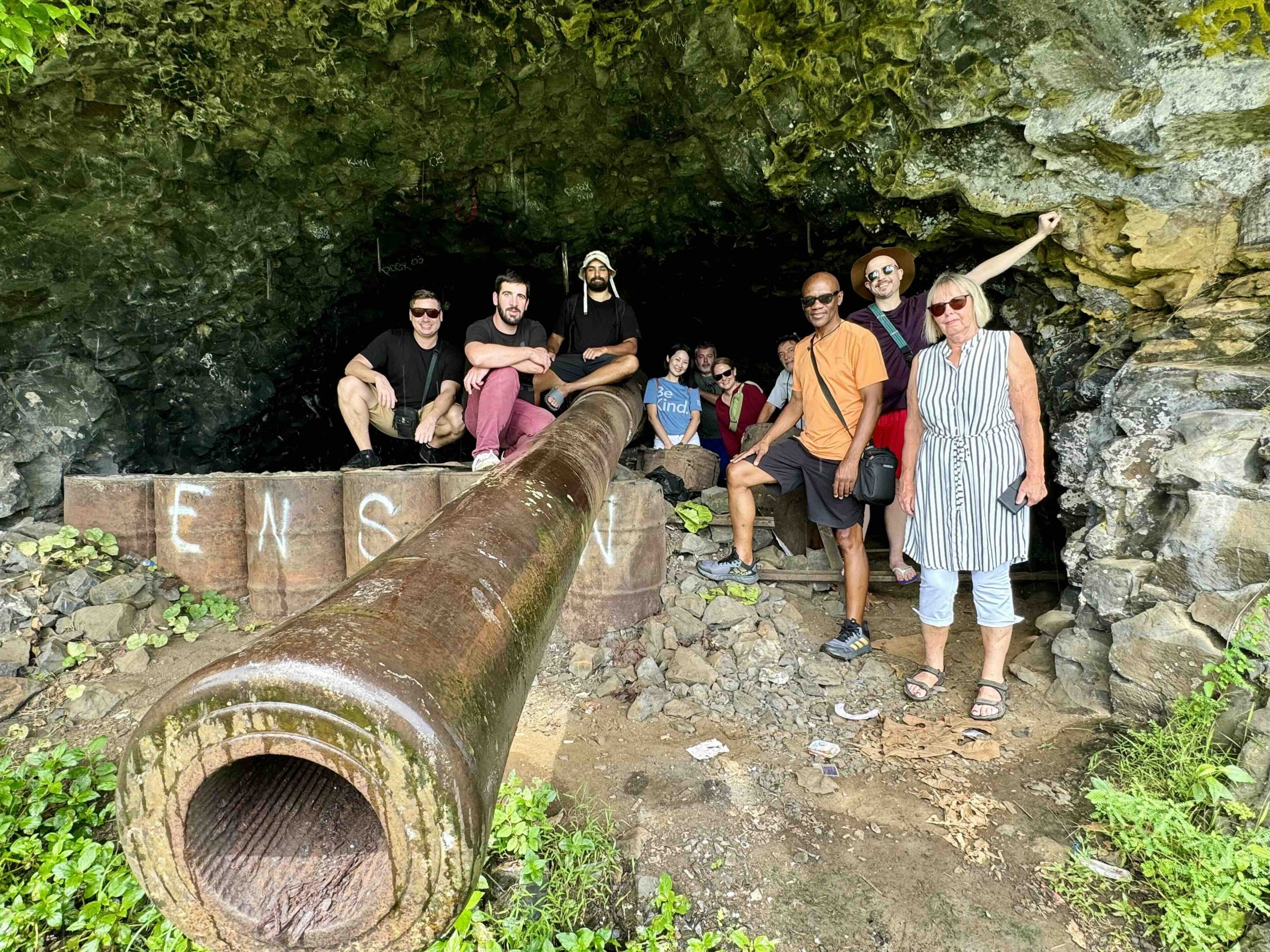
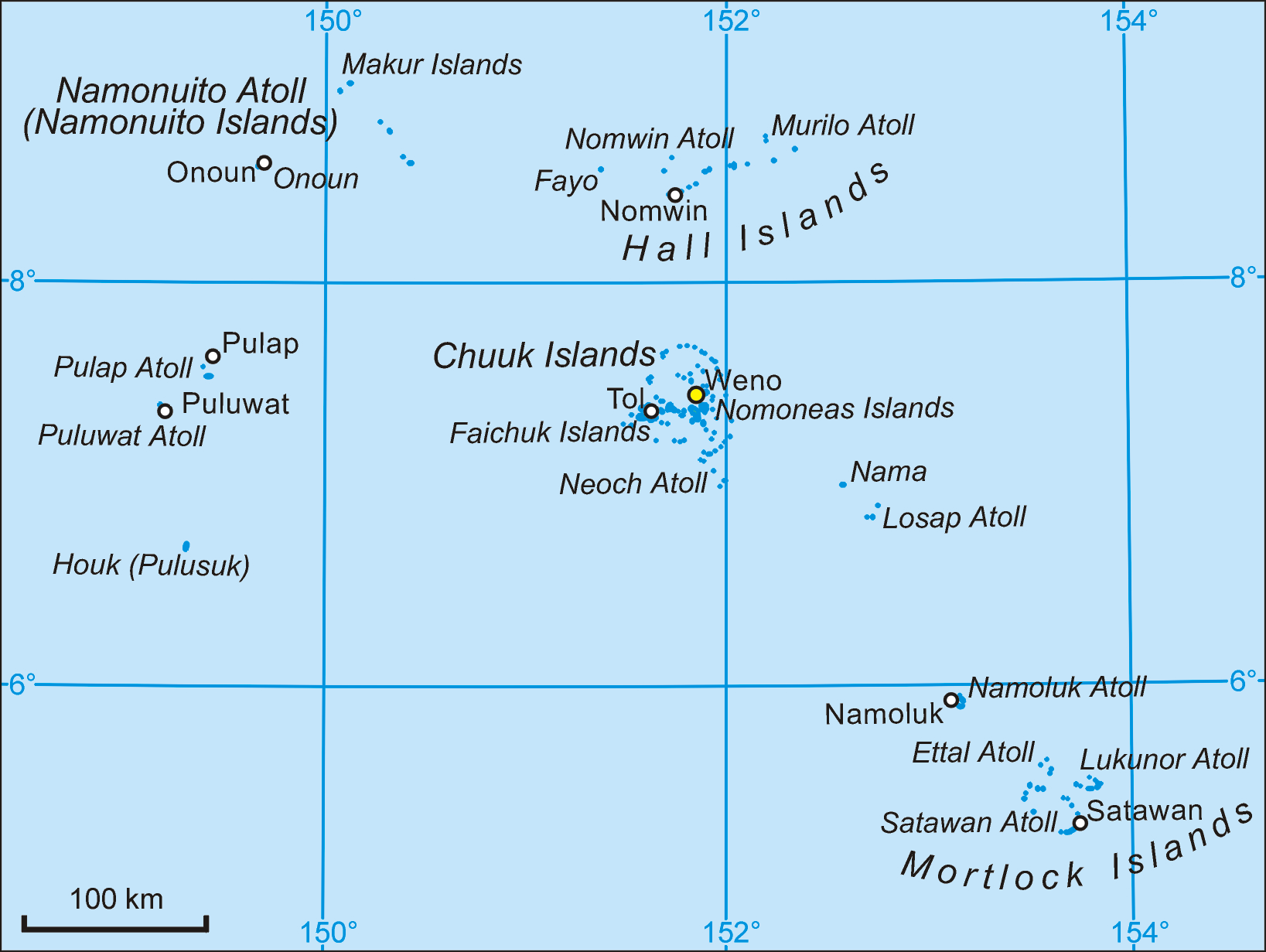
Pohnpeian
Pohnpeian is spoken on the island of Pohnpei, another state in the Federated States of Micronesia. It’s part of the Micronesian language family and is spoken by around 35,000 people. The language has a rich oral tradition, with many stories and myths passed down through generations.
Key phrases in Pohnpeian:
- Kaselehlie (Hello)
- Kommol tata (Thank you)
- Sei sose (Goodbye)
Click the link for our Marshall Islands Tours.
Palauan
Palauan is spoken on the island of Palau, located in the western Pacific. It is an official language of the country, alongside English, and is closely related to the languages spoken in the nearby islands of Micronesia.
Key phrases in Palauan:
- Alii (Hello)
- Mesulang (Thank you)
- Chad ra ngii (Goodbye)
Click to read about Palau Street Food.
Conclusion
The Languages of the Pacific are as diverse and complex as the region itself. From the creole languages of Melanesia to the ancient Polynesian tongues of Hawaii and New Zealand, the languages spoken across the Pacific reflect the unique cultural identities and histories of the people who live there.
Whether you’re planning a trip to Papua New Guinea, exploring the Polynesian islands, or diving into the linguistic diversity of Micronesia, the languages of the Pacific are an essential part of the experience.
So, next time you’re traveling through the Pacific, take the time to learn a few words in the local language—it’s the best way to connect with the people and culture of this fascinating region.
Click the link to join our Least Visited Countries Tour.



